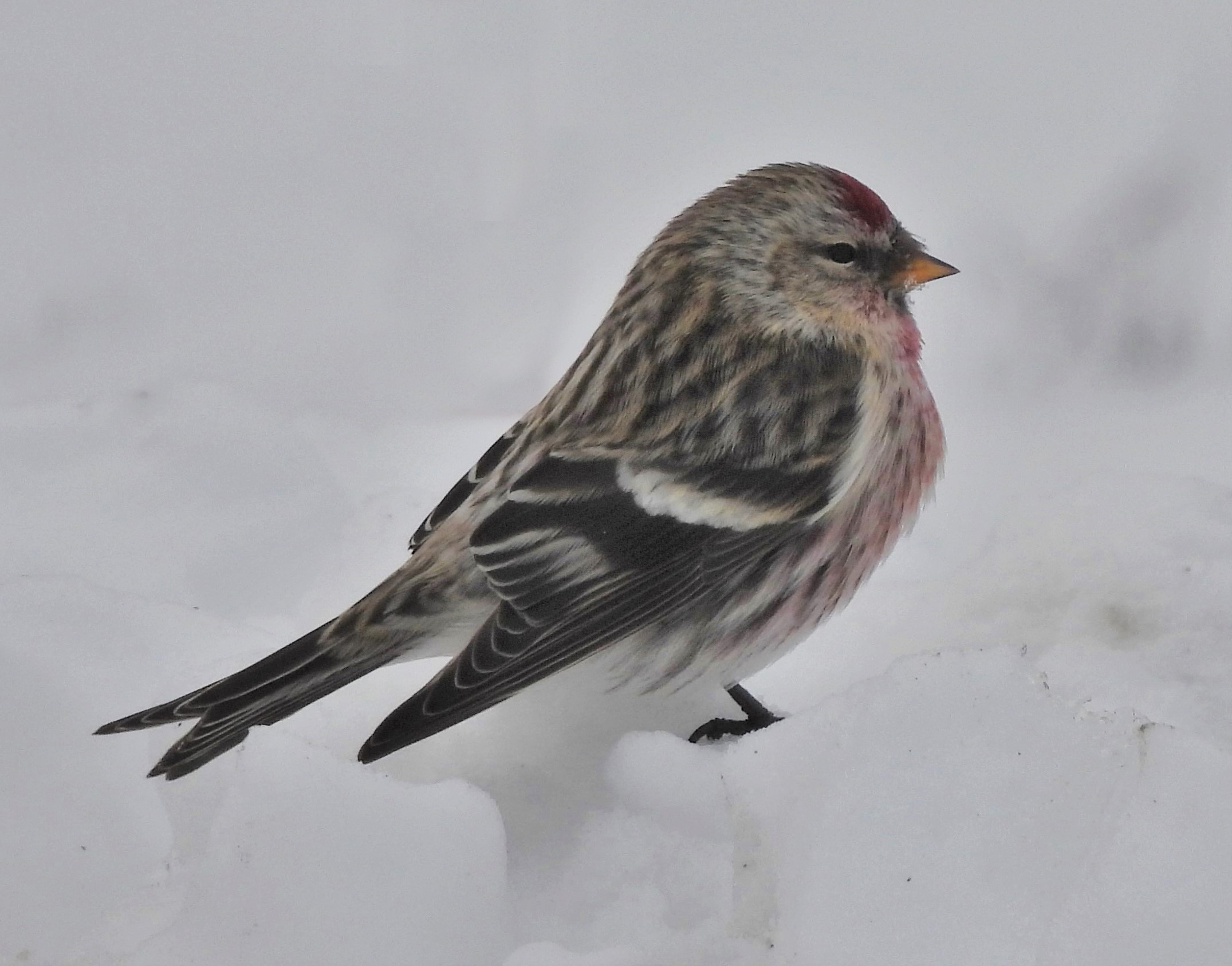By Jennifer Wilson Pines
When a new acquaintance asked me, “What is the best bird you’ve seen recently?” I realized that what I considered my best bird would mean nothing, so I went with a snowy owl. Like any sphere of expertise, there is an area of popular knowledge that covers only a fraction of the deep dive into a subject.
But many more people are on their way to learning more about birds. With many of us stuck at home, what was outside the window took on new interest. From observing the daily drama of a pigeon family on a window ledge to watching the flurry of feeder friends to trooping into the great outdoors with other enthusiasts (social distanced, of course), birding is soaring as a popular activity. Bird seed and supplies like feeders and bird houses have flown out of stores during the pandemic.
Big day, the second Saturday in May at the peak of migration in North America, saw more thanc2 million observations of 6,479 species reported worldwide in 2020 to eBird, the free website and app from Cornell Lab of Ornithology. That was the most bird sightings documented in a single day.
I’ve taken groups of new birders and complete novices out birding, and it can be like pulling back a curtain onto a secret world. More than one person has said, “How did I not notice this before?” It’s learning a new way to see the world around you. Once you start observing more closely, it can lead to other interests. Many birders I know are also experts on butterflies, plants, mushrooms, dragonflies, local wildlife and other aspects of nature.
Everyone comes to birding on their own path. When I was 9, my family rented an old house surrounded by an acre of overgrown apple orchard and brambles. My parents bought a Golden Nature Guidebook of Birds and a bird feeder to hang outside the kitchen window. We didn’t see anything exotic, just the usual feeder birds; blue jays, woodpeckers, sparrows. The next year my grandmother gave me a bird guide that had been hers as a teen. Her last pencil notation was in the 1920s, before she left home to train as a nurse. I had no idea she had been interested in birds, but she had kept the book somewhere safe for 40 years until she passed it on to me.
Then I moved to New York for college. I spent many years in living in Manhattan, unaware that there was great birding all around me because it didn’t fit my stereotype of where to see birds. Eventually we moved to Long Island and while strolling through HarborFest, I picked up a brochure from the North Shore Audubon Society’s booth thinking it would be a good hobby—for my husband—and we could go on a few walks. But birding is like riding a bike, you don’t really forget how to do it. Next thing I knew, I was on the society’s board, and over the years president, VP, newsletter editor and conservation chair. That’s the extreme version of getting involved.
Planting the seeds can be important. Because my parents showed an interest and my grandma reinforced it, I thought of birding as fun and entertaining even through the years when I was not doing it actively. But it can be taken up at any age to whatever degree of involvement that you enjoy. Because that’s the key – you should enjoy it. Some people are backyard birders, observing the activities of birds that seem like old friends with distinct personalities. Some are chasers, heading for the newest face on the block.
It’s a low-cost and portable hobby, where an entry set of binoculars can be had for $150, a guidebook $15, and a feeder for $40. Of course, you can spend thousands on high-end bins, a scope, outdoor gear, long lens camera, but you don’t have to to enjoy learning the world of birds.
Back to that “best bird.” Right now, it’s a tossup between two exotic visitors. One is a coy, West Coast gal, a Spotted Towhee. She’s a backyard bird, if you live in California. She was first spotted on a Christmas Bird Count, and no one knows how she arrived so far out of her native range. It took me five visits and many hours standing around in the cold to finally get a glimpse of her.
Candidate No. 2 is the Common Redpoll. This tiny bird with a raspberry crown is from the far north. It is seen infrequently in winters when it’s been a poor year for spruce cone seed up in the Canadian boreal forests. And it is just so stinkin’ cute. But seeing the flash of a scarlet cardinal in my backyard, the busy visits of chickadees, the iridescent shimmer of a mallard in a local pond also elevates my mood.
While we have been locked down, the natural world continues the unbroken cycle of seasons, and birds serve to remind us, as Emily Dickenson lyrically said, “Hope” is the thing with feathers, That perches in the soul.”



